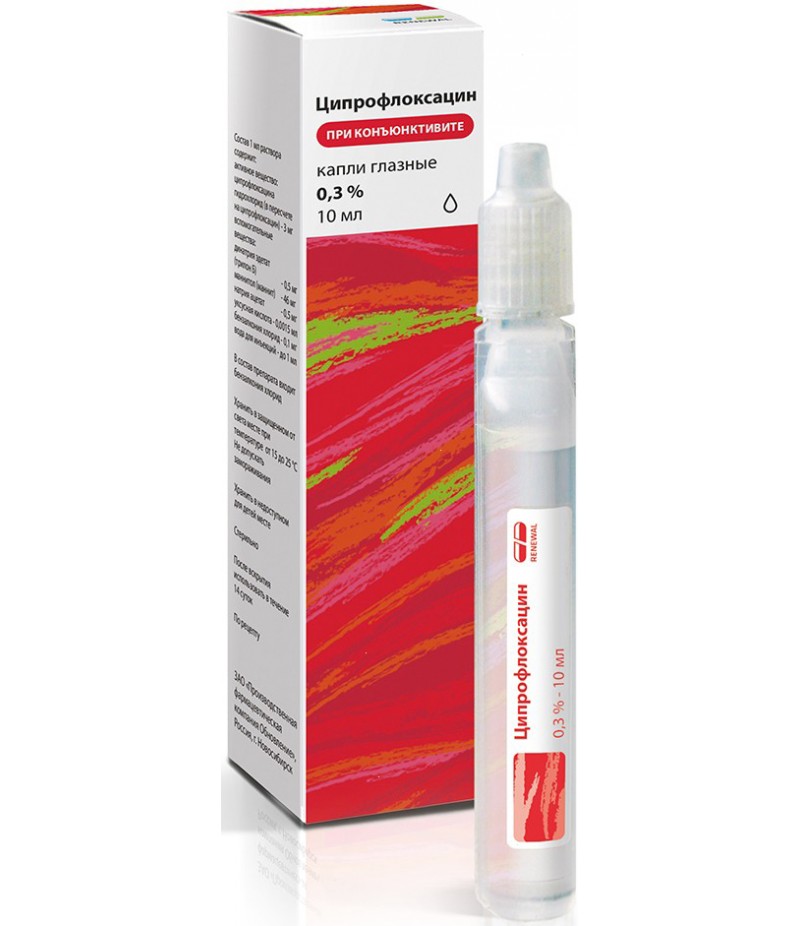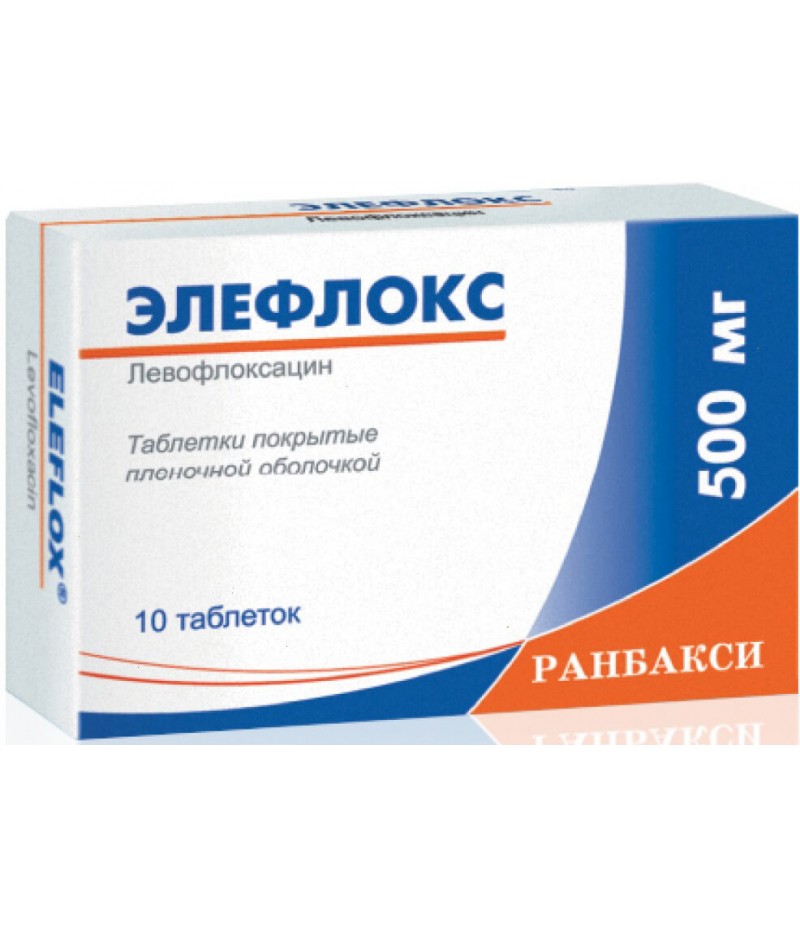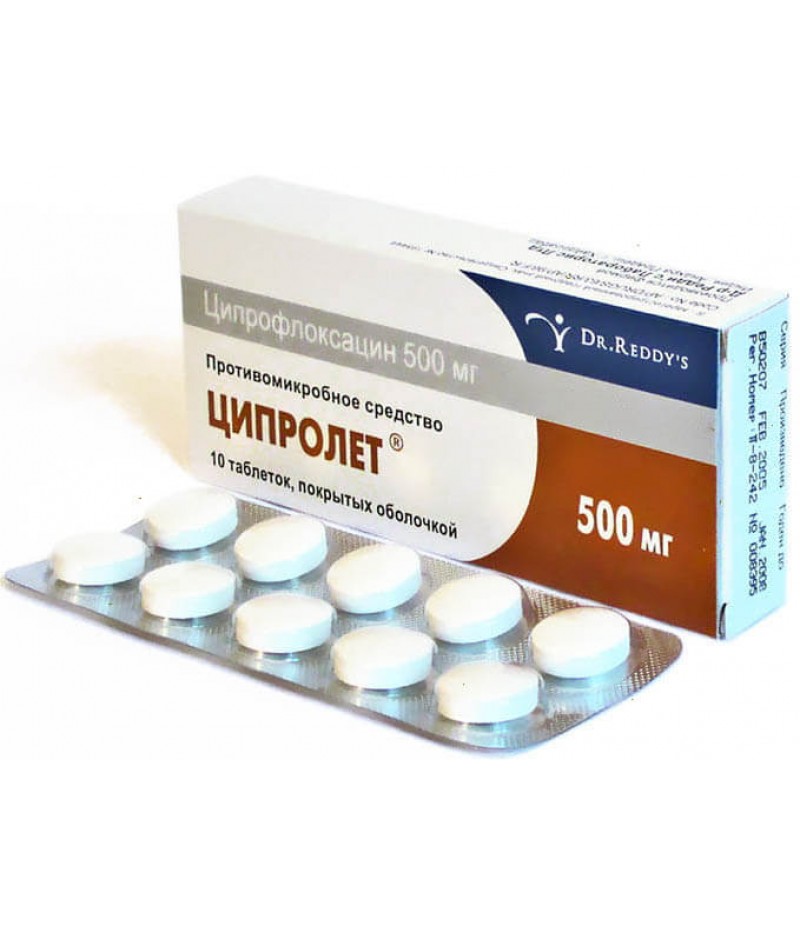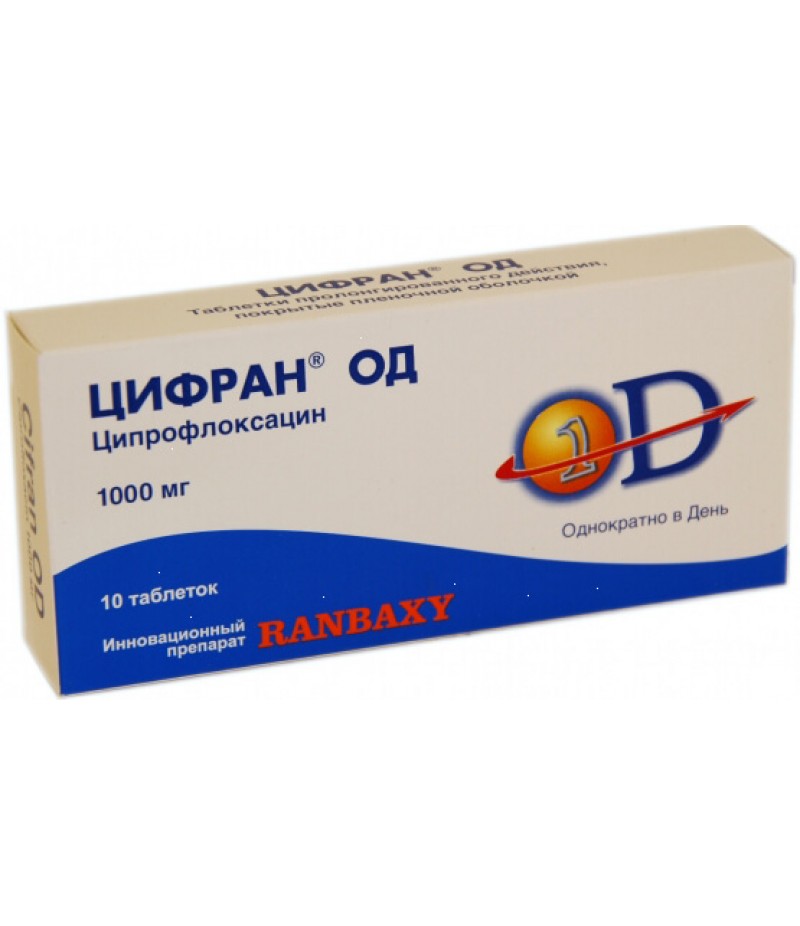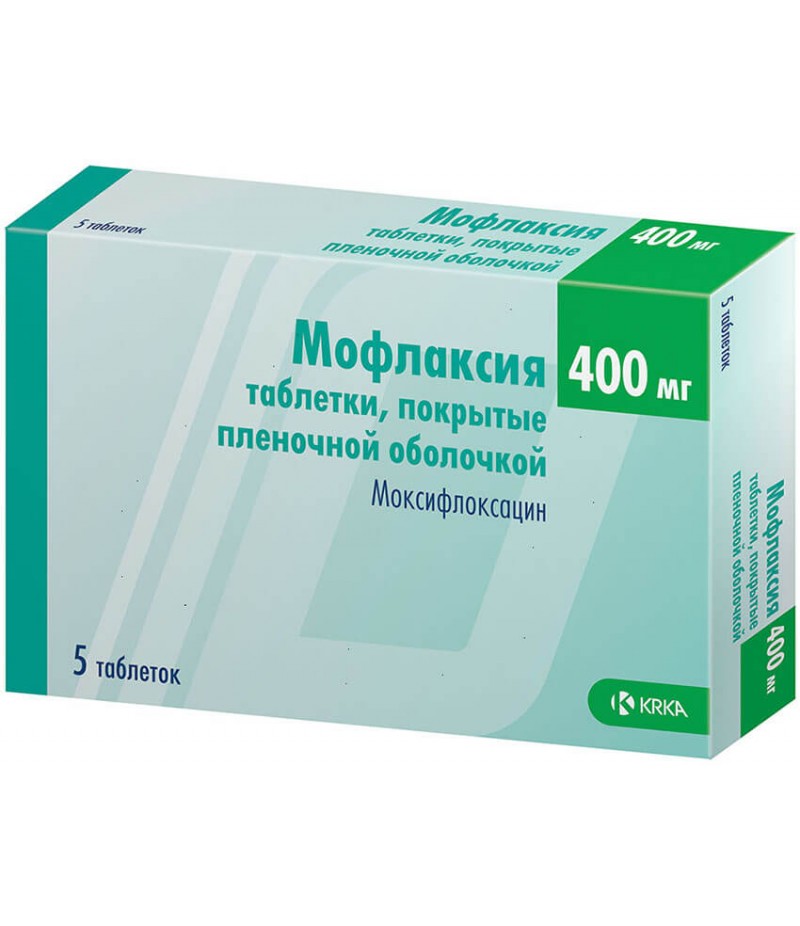Ciprofloxacin eye drops 0,3% 5 ml
- $2.24
- 3 or more $2.19
- Availability:In Stock
Ciprofloxacin instruction for useReed more and buy Ciprofloxacin hereCompositionEar and eye drops of Ciprofloxacin contain ciprofloxacin hydrochloride at a concentration of 3 mg / ml (in terms of a pu
Tags: eyes and vision, drops
Ciprofloxacin instruction for use
Reed more and buy Ciprofloxacin here
Composition
Ear and eye drops of Ciprofloxacin contain ciprofloxacin hydrochloride at a concentration of 3 mg / ml (in terms of a pure substance), Trilon B, benzalkonium chloride, sodium chloride, purified water.
Form of issue
Eye and ear drops 0,3%.
The ATC code of medicinal forms used in the otology and ophthalmology is S01AX13.
pharmachologic effect
Bactericidal.
Pharmacodynamics and pharmacokinetics
Ciprofloxacin is an anti-biotics or not?
Antibiotic Ciprofloxacin is an early fluoroquinolone (1st generation drug) and is used primarily for hospital infections. The agent penetrates well into cells and tissues (including cells of bacteria and macroorganisms) and has good pharmacokinetic parameters.
Pharmacodynamics
The mechanism of action of the drug is due to the ability to inhibit DNA-gyrase (enzyme of bacterial cells) with a violation of DNA synthesis, division and growth of microorganisms.
Wikipedia indicates that against the background of the use of the drug, resistance to other non-group inhibitors of gyrase, antibiotics is not developed. This makes ciprofloxacin highly effective against bacteria resistant to the action of penicillins, kaminoglikozidov, tetracyclines, cephalosporins and a number of other antibiotics.
The most active activity is with Gram (-) and Gram (+) aerobes: H. influenzae, N. gonorrhoeae, Salmonella spp., P. aeruginosa, N. meningitidis, E. coli, Shigella spp.
Effective in infections caused by: strains of staphylococci (including those producing penicillinase), individual strains of enterococci, legionella, campylobacteria, chlamydia, mycoplasmas, mycobacteria.
It is active against the producing beta-lactamase microflora.
Anaerobes are moderately sensitive or resistant to the drug. Therefore, in patients with mixed anaerobic and aerobic infections, ciprofloxacin treatment should be supplemented with the administration of lincosamides or metronidazole.
Resistant to the antibiotic are: Ureaplasma urealyticum, Streptococcus faecium, Treponema pallidum, Nocardia asteroides.
Resistance of microorganisms to the drug is formed slowly.
Pharmacokinetics
After taking the pill, the drug is quickly and completely absorbed in the digestive tract.
Main pharmacokinetic parameters:
bioavailability - 70%;
TSmax in blood plasma - 1-2 hours after administration;
T½ - 4 hours.
Plasma proteins bind from 20 to 40% of the substance. Ciprofloxacin is well distributed in body fluids and tissues, and its concentration in tissues and liquids can significantly exceed the plasma one.
Through the placenta penetrates the cerebrospinal fluid, excreted into breast milk, high concentrations are fixed in the bile. Up to 40% of the dose taken is eliminated within 24 hours in unchanged form by the kidneys, part of the dose is excreted with bile.
Indications for use Ciprofloxacin
What is the medicine in the form of eye / ear drops?
In ophthalmology it is used for superficial bacterial infections of the eye (eye) and its appendages, as well as for ulcerative keratitis.
Indications for use Ciprofloxacin in otology: acute bacterial otitis of the external ear and acute bacterial otitis media of the middle ear in patients with a tympanostomy tube.
Contraindications
Contraindications in systemic application:
hypersensitivity;
pregnancy;
lactation;
severe renal / hepatic dysfunction;
indications of a history of chronic tendonitis caused by the use of quinolones.
Drops for eyes and ears are contraindicated in fungal and viral infections of the eyes / ears, with intolerance to ciprofloxacin (or other quinolones), during pregnancy and lactation.
For children, tablets and a solution for intravenous administration can be prescribed from the age of 12, eye and ear drops from 15 years.
Side effects
The drug is good tolerability. The most common side effects with intravenous administration and ingestion:
dizziness;
fatigue;
headache;
tremor;
excitation.
In Vidal's handbook it is reported that in single cases the patients were recorded:
sweating;
violation of gait;
peripheral sensory disorders;
tides;
intracranial hypertension;
depression;
feeling of fear;
visual impairment;
flatulence;
stomach ache;
indigestion;
nausea, vomiting;
diarrhea;
hepatitis;
necrosis of hepatocytes;
tachycardia;
arterial hypertension (rarely);
itching;
the appearance of rashes on the skin.
Exceptionally rare side effects: bronchospasm, anaphylactic shock, Quincke's edema, arthralgia, petechiae, malignant erythema exudative, vasculitis, Lyell's syndrome, leuko- and thrombocytopenia, eosinophilia, anemia, hemolytic anemia, thrombotic or leukocytosis, increased plasma LDH concentration, bilirubin, LF, transaminase of the liver, creatinine.
Application in ophthalmology is accompanied by:
often - a sense of discomfort and / or foreign body presence in the eye, the appearance of white plaque (usually in patients with ulcerative keratitis and with frequent use of drops), the formation of crystallites / scales, supergiosis and conjunctival hyperemia, tingling and burning;
in isolated cases - keratitis / keratopathy, eyelid edema, corneal staining, hypersensitivity reactions, lacrimation, decreased visual acuity, photophobia, corneal infiltration.
Side effects that are associated with or possibly related to the use of the drug are usually mild, do not pose a threat and go untreated.
In patients with ulcerative keratitis, the emerging white coating does not adversely affect the treatment of the disease and the parameters of vision and disappears on its own. As a rule, it appears in the period from 1-7 days after the start of the course of application of the drug and disappears immediately or within 13 days after its termination.
Neofthalmological disorders when using drops: the appearance of an unpleasant aftertaste in the mouth, in rare cases - nausea, dermatitis.
When used in otology, the following are possible:
often - a run-off in the ear;
in some cases - ringing in the ears, headache, dermatitis.
Instructions for use Ciprofloxacin
Ear and Eye Drops Ciprofloxacin: Instructions for Use
With ulcerative keratitis, the treatment is carried out according to the following scheme:
1 day - in the first 6 hours, 2 drops of solution are injected into the conjunctival cavity every 15 minutes, then intervals between instillations are increased to half an hour (a single dose is the same - 2 drops);
2 days - 2 drops with an interval between instillations of 60 minutes;
3-14 days - 2 drops with an interval between instillations of 4 hours.
Treatment for ulcerative keratitis can last longer than 14 days. The treatment plan is selected individually by the attending physician.
With superficial bacterial infections of the eye and its appendages, the standard dose is 1-2 drops with a multiplicity of applications of 4 r. / Day. In especially severe cases, in the first 48 hours the patient is instilled with 1-2 drops every 2 hours.
Treatment lasts from 7 to 14 days.
After instillation, a nasolacrimal occlusion is recommended to reduce systemic absorption of the drug administered into the eye.
In the case of concomitant treatment with other ophthalmic drugs for topical use, 15-minute intervals between their administration and administration of Ciprofloxacin should be tolerated.
In the otology, the standard dose of the drug is 4 drops in the previously cleared auditory canal of the affected ear 2 r. / Day.
Patients who use ear pads, the dose is increased only with the first use of the drug: children are administered 6, adults - 8 drops.
The course should not last more than 10 days. If it is necessary to extend it, determine the sensitivity of the local flora.
In case of using other agents for topical application between their administration and administration of Ciprofloxacin, it is necessary to maintain an interval of 10-15 minutes.
Dosage for children from 15 years: 3 drops twice a day.
The effect of renal / hepatic dysfunction on the pharmacokinetic parameters of the drug in the form of ear and eye drops has not been studied.
To avoid vestibular stimulation, the solution is warmed to body temperature before insertion into the auditory canal.
The patient should lie on the opposite side of the affected ear. In this position, it is recommended to stay for 5-10 minutes after instillation of the solution.
It is also permissible after local cleaning to insert for 1-2 days in the ear canal a tampon moistened with a solution of hygroscopic cotton wool or gauze. To saturate the drug, it should be moistened twice a day.
To avoid contamination of the tip of the dropper and solution, do not touch the eyelids, the ear, the external ear canal, the adjacent areas and any other surfaces.
Additionally
There is no fundamental difference in how to take preparations from different manufacturers: the instruction for the use of Ciprofloxacin-ACOS is similar to the instructions for Ciprofloxacin-FPO, Ciprofloxacin-Promed, Vero-Ciprofloxacin or Ciprofloxacin-Teva.
For children and adolescents under the age of 18, the drug should be prescribed only if the pathogen is resistant to other chemotherapeutic agents.
Overdose
Specific symptoms with an overdose of ciprofloxacin not. The patient is shown gastric lavage, taking emetic drugs, creating an acidic urine reaction, introducing a large volume of fluid. All activities should be conducted against the backdrop of maintaining the function of vital systems and organs.
Peritoneal dialysis and hemodialysis contribute to the elimination of 10% of the dose.
There is no specific antidote for the drug.
Interaction
The use in combination with Teofillinum promotes an increase in plasma concentration and an increase in T1 / 2 of the latter.
Al / Mg-containing antacids help to slow the absorption of ciprofloxacin and thereby reduce its concentration in urine and blood. Between the methods of these drugs should be maintained intervals of at least 4 hours.
Probenecid delayed excretion of the drug.
Ciprofloxacin increases the effect of coumarin anticoagulants.
The interaction of ciprofloxacin for use in otology and ophthalmology with other drugs has not been studied.
Storage conditions
Store the drug at room temperature, in a place inaccessible to children.
Shelf life
For solution, ear and eye drops - 2 g (the contents of the opened vial should be used for 28 days), for tablets - 3 g.
special instructions
Because of the possibility of occurrence of side effects from the side of the central nervous system in patients with a history of the disease, the drug can be used exclusively for life indications.
Ciprofloxacin is cautiously prescribed when lowering the threshold of convulsive readiness, epilepsy, brain damage, severe cerebrosclerosis (increased risk of blood flow and stroke), serious violations of the liver / kidney function, in old age.
During treatment it is recommended to avoid UV and solar irradiation and increased physical activity, to control urine acidity and drinking regimen.
In patients with an alkaline urine reaction, cases of crystalluria were recorded. To avoid its development, it is inadmissible to exceed the therapeutic dose of the drug. In addition, the patient requires a lot of drinking and maintaining an acid reaction of urine.
Pain in the tendons and the appearance of signs of tendovaginitis are a signal to stop treatment, as the possibility of inflammation / rupture of the tendon is not ruled out.
Ciprofloxacin can inhibit the rate of psychomotor reactions (especially against the background of alcohol), which should be remembered for patients working with potentially dangerous devices.
With the development of severe diarrhea, pseudomembranous colitis should be ruled out. this disease is a contraindication to the use of the drug.
If necessary, simultaneous in / in the introduction of barbiturates should monitor the function of SSS: in particular, the parameters of ECG, heart rate, blood pressure.
The liquid ophthalmic form of the drug is not intended for intraocular injections.
For children
Children Ciprofloxacin can be used as a drug of lines 2 and 3 for the treatment of complicated UTI and pyelonephritis caused by E. coli (clinical studies were carried out in the group of children 1-17 years old), to reduce the risk of development or progression of anthrax in the case of aerogenic contact with B. anthracis.
He is also prescribed to treat pulmonary complications caused by P. aeruginosa in children with cystic fibrosis (clinical studies were conducted in the group of patients 5-17 years old).
During the study, treatment was prescribed only to patients with the above diagnoses. The experience with other indications is limited.
Dosage to children is selected depending on the diagnosis.
Compatibility with alcohol
During treatment with ciprofloxacin, alcohol is contraindicated.
Ciprofloxacin in Pregnancy
Safety of use and efficacy of the drug in pregnancy are not established.
Experiments on animals showed that in young animals the drug caused arthropathy. The use of doses exceeding 6 times the average daily for humans in pregnant female rats and mice did not provoke any abnormalities in fetal development.
In rabbits who received 30 and 100 mg / kg of ciprofloxacin inside, violations of the function of the gastrointestinal tract were recorded and, as a consequence, weight loss and an increase in the incidence of miscarriage. There was no teratogenic effect in this case.
When administered to the vein of the drug at a dose of 20 mg / kg, there was also no teratogenic effect and toxic effect on the embryo and the mother's body.
Use in pregnancy Ciprofloxacin for topical use is possible in the presence of indications and provided that the benefit to the maternal organism will exceed the risks to the fetus.
According to the FDA classification, the drug belongs to the category C.
Ciprofloxacin excretes into milk, so nursing women need to decide (given the importance of the drug for the mother), stop breastfeeding, or stop using Ciprofloxacin.
Local forms during lactation are used with caution. it is not known whether the medication penetrates into breast milk in this case.
Reviews about Ciprofloxacin
Reviews about ciprofloxacin in tablets can be found very different: someone thinks the drug is effective, someone has laid down about it the directly opposite opinion. At the same time, in virtually every review there are references to side effects that arose on the background of drug treatment.
Eye drops are evaluated by patients as a remedy that does not have shortcomings. They "really treat and cure quickly."
According to doctors, the advantages of ciprofloxacin are:
high bactericidal activity;
a broad spectrum of antimicrobial action, including Gram (-) and Gram (+) aerobes, mycoplasmas, chlamydia, mycobacteria;
the ability to penetrate well into the cells and tissues of the macroorganism, creating concentrations therein that exceed the serum or close to them;
long T1 / 2 and the presence of postantibiotic effect (due to this, the drug is enough to take only 2 r. / day.);
proven effectiveness in the treatment of hospital and community-acquired infections of any (practically) localization (it is used for angina, UTI, infections of bones, skin, etc.);
the possibility of using in severe infections (in a hospital) as
empirical antibiotic therapy;
good tolerability.

